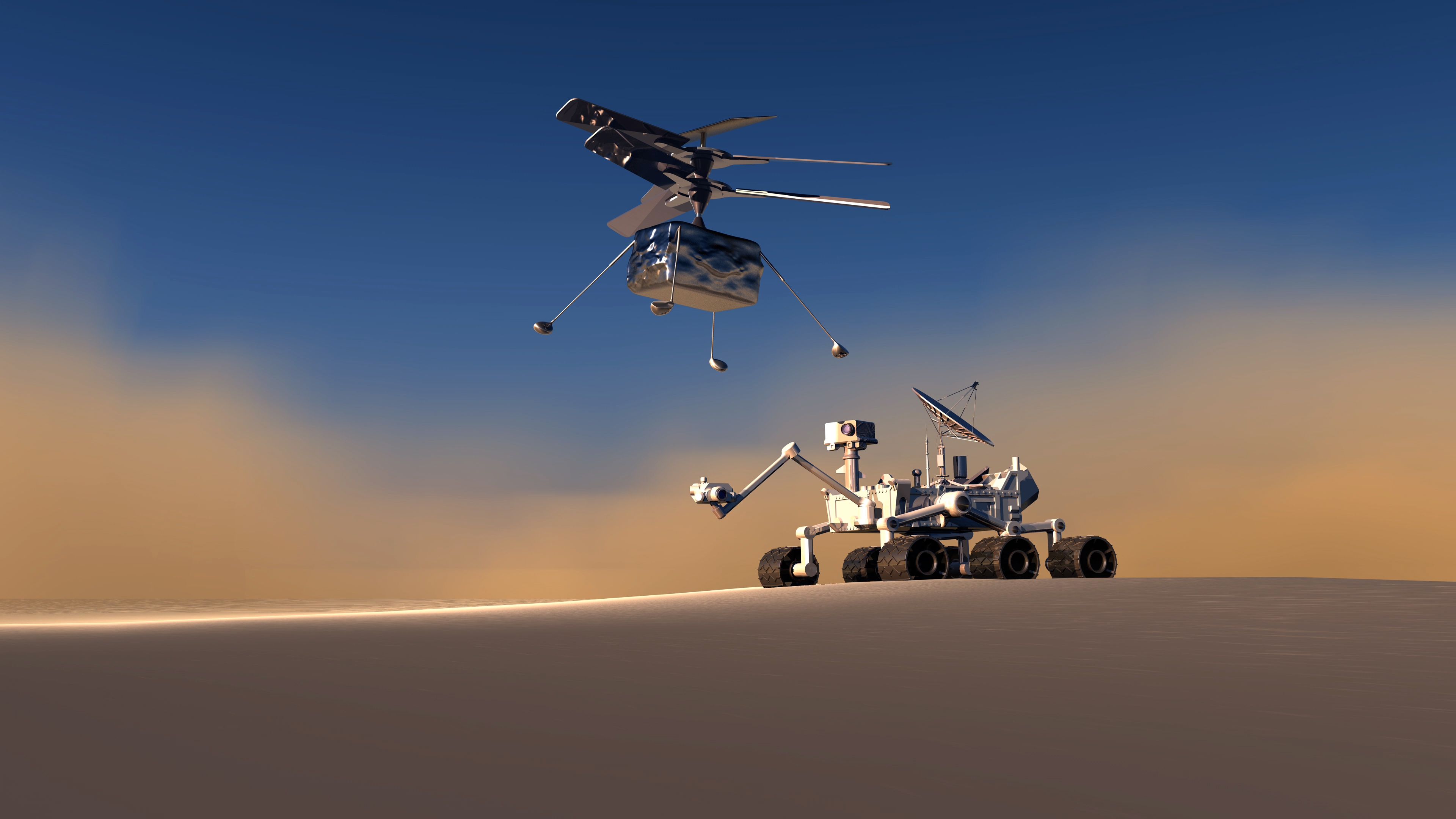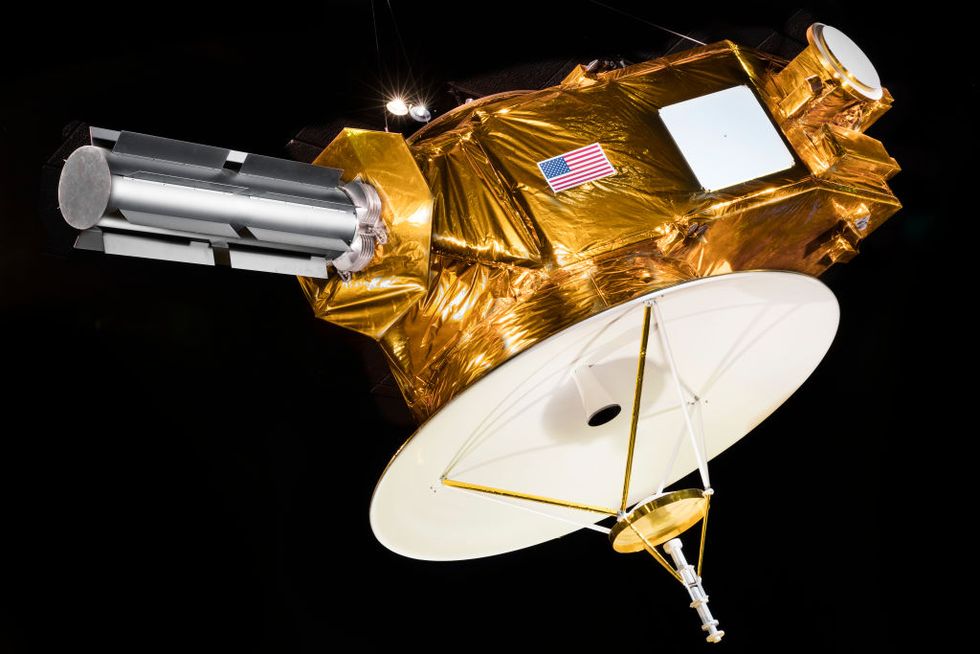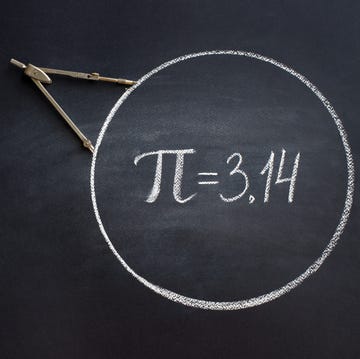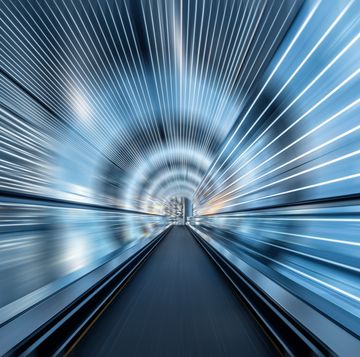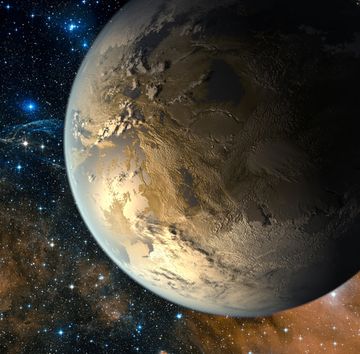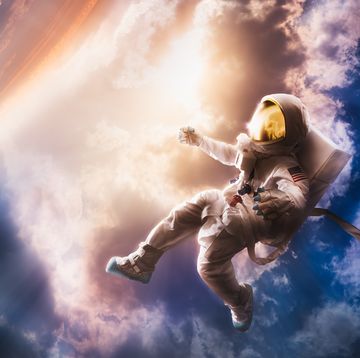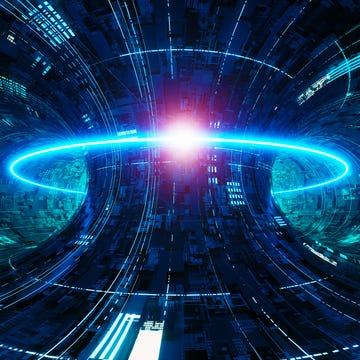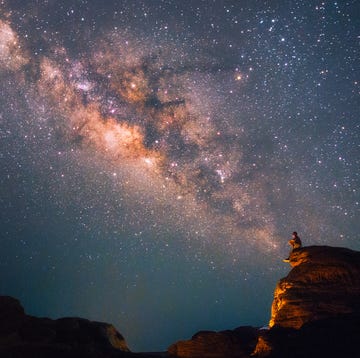We’ve made great strides in the past half-century of exploration of our solar system, lead by both human and robotic exploration. We’ve walked on the moon and roved on Mars. We’ve buzzed Pluto and danced in Jupiter’s orbit. But we have only scratched the surface. As we look ahead to the next century of exploration, we’ll have to strike just the right balance of cost and scientific gain as we decide whether humans or robots should lead the way.
We have sent robotic probes to almost every corner of the solar system. Within the inner solar system, our trusted machine emissaries have landed on the moon, Mars, and even Venus (if only for only a few minutes). We’ve had several semi-autonomous rovers operating on the Red Planet, in addition to orbiters around Mars, Venus, and Mercury. We’ve taken samples of asteroids and comets and successfully returned those samples to Earth for further study.
In the outer solar system our robotic achievements are no less impressive, especially considering the challenges in traversing the vast distances between us and the difficulties of the environments found there. After the series of Pioneer and Voyager missions, which briefly flew by the four giant worlds of Jupiter, Saturn, Uranus, and Neptune, we have continued to launch missions. The Galileo and Cassini spacecraft orbited Jupiter and Saturn, respectively, and the Huygens probe descended to the surface of Titan, the methane-soaked moon of Saturn. And while we haven’t visited Uranus or Neptune in over 40 years, we have sent one spacecraft, New Horizons, to Pluto and further outwards into the Kuiper Belt.
Robots Are Cheap and Expandable
In short, robots can more easily do what humans can’t. We can design them to withstand environments in the solar system that are far too harsh for any reasonable expectation of human exploration. The surface of Venus is hot enough to melt lead, for example, so we’re not putting “boots on the ground” there anytime soon… or ever. Likewise, it takes up to a decade to send a spacecraft into the outer solar system. For at least another generation or so, there’s no way that we can achieve the technological capabilities to send a human mission to anything past the Asteroid Belt, let alone keep them there for a few more years to do their work. The atmospheres of the gas and ice giants, and the surfaces of their exotic moons, will remain the domain of robotic explorers for some time.
When it comes to targets nearer to the Earth, like the moon, Mars, and near-Earth asteroids, robots still offer distinct advantages over crewed missions. Most notably, they’re cheap. For a comparison, the total investment into the Apollo missions reached over $175 billion, inflation adjusted. The Perseverance mission to Mars, a much more distant and challenging target, totaled $2.9 billion, less than 2 percent of the cost of Apollo.
We’ve also designed our robots to be excellent explorers. They are lightweight (at least, compared to the needs of a crewed mission) and require relatively few resources. Generally, as long as their power source remains viable, even in the face of some radioactive element or solar panel decay, the probe can keep working. When individual components fail it’s doesn’t usually kill the mission—the loss of a single instrument is a major headache, but that’s it. Robots can also carry a variety of sensors outside the normal human senses, allowing them to study everything from x-rays to seismic motions.
And finally, to put it bluntly, robots are disposable. When the mission is over we can just let our probes sit on the surface of an alien world or plunge it into an atmosphere. We never have to worry about bringing it back.
Why We Still Need Humans to Go Out There
However, humans aren’t necessarily second-class explorers when it comes to space. Yes, we are insanely expensive to get anywhere. That cost comes from several factors. While humans are lightweight compared to most of our probes, we require enormous amounts of resources—food, water, heat, space—to go along with us for the ride. And human lives are exceptionally precious, meaning that we have to build multiple redundancies into our missions to ensure survivability in case of accident or disaster; when it comes to life support systems, small accidents can quickly spiral into dangerous situations. We also have to bring those humans back—it’s generally considered poor taste to send astronauts on one-way missions—requiring even more fuel and resources.
But once we overcome those challenges and finally get somewhere, the returns on investment start immediately. Humans are orders of magnitude faster than robots, who have to move slowly enough not to damage themselves and are constantly waiting for updated instructions from Earth. Humans can make quick, rapid decisions, and are nimble and agile enough to act on those decisions. If a rover on Mars spots an interesting rock, for example, it can take weeks to maneuver into position to examine it. A human can just…pick it up.
As a comparison, the Apollo 17 astronauts covered 22 miles in three days. The Opportunity rover on Mars also covered 22 miles… in eight years. All of the Mars missions have generated around 1,000 academic papers after spending thousands of days on the Martian surface. All the Apollo missions in total spent 12 and a half days on the lunar surface, of which only 3.4 days total were active exploration time away from their landing craft. And yet, those handful of days generated over 3,000 scientific publications. While not a perfect metric to judge how productive a mission is, this manned mission does highlight how powerful human explorers are.
Humans versus robots—which will lead the way in the next few generations of space exploration? The answer is both. As we develop the technology needed to send humans on long-distance missions—for example, to Mars or the Asteroid Belt—we will simultaneously continue to extend the capabilities of our robotic missions.
How Future Robotic Missions Could Look
In the outer system, we’ve already had one successful lander (the Huygens probe on Titan). Both NASA and the ESA (European Space Agency) have missions to orbit Jupiter to study its moon Europa, which might be a home to life. The Ingenuity helicopter on the latest mission to Mars (featured in this story’s top art) serves as a prototype for future flying craft, including the Dragonfly rotorcraft that will explore Titan in the next couple of decades. NASA is hoping to send more probes to Venus, ones capable of floating through its atmosphere to give us our first detailed maps of the surface.
Our robotic probes will become more powerful and more autonomous, capable of independent decision-making and faster movement. Perhaps someday soon we’ll drill through the ice sheets of Europa to send a submersible into its vast globe-spanning liquid water ocean. Perhaps we’ll send spacecraft floating through the atmospheres of the gas and ice giants. Perhaps we’ll have dozens, if not hundreds, of craft simultaneously exploring every corner of the solar system.
And we’ll be right there alongside them. Perhaps trailing behind by a few decades, but we’ll get there eventually. Our robotic probes will pave the way, finding the areas best suitable for future human exploration and performing preliminary science. Our first crewed missions to other worlds may be relatively brief, amounting to only a fraction of the time that robots have spent in the same locations. But if the Apollo missions are any indication, those missions will reveal untold scientific treasures and allow us to experience the wonders of the solar system in a way no robotic sensor could ever match.
Paul M. Sutter is a science educator and a theoretical cosmologist at the Institute for Advanced Computational Science at Stony Brook University and the author of How to Die in Space: A Journey Through Dangerous Astrophysical Phenomena and Your Place in the Universe: Understanding Our Big, Messy Existence. Sutter is also the host of various science programs, and he’s on social media. Check out his Ask a Spaceman podcast and his YouTube page.
